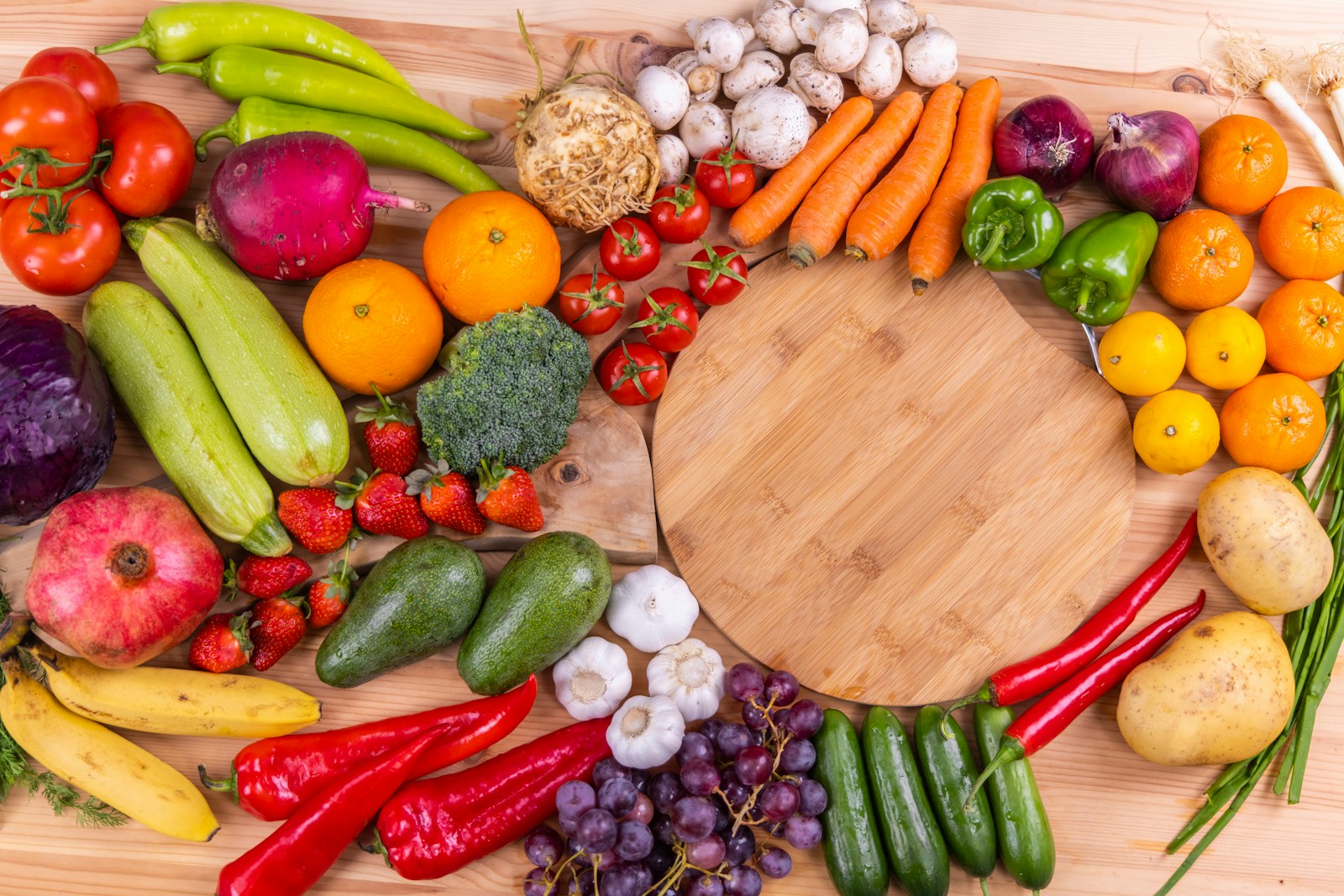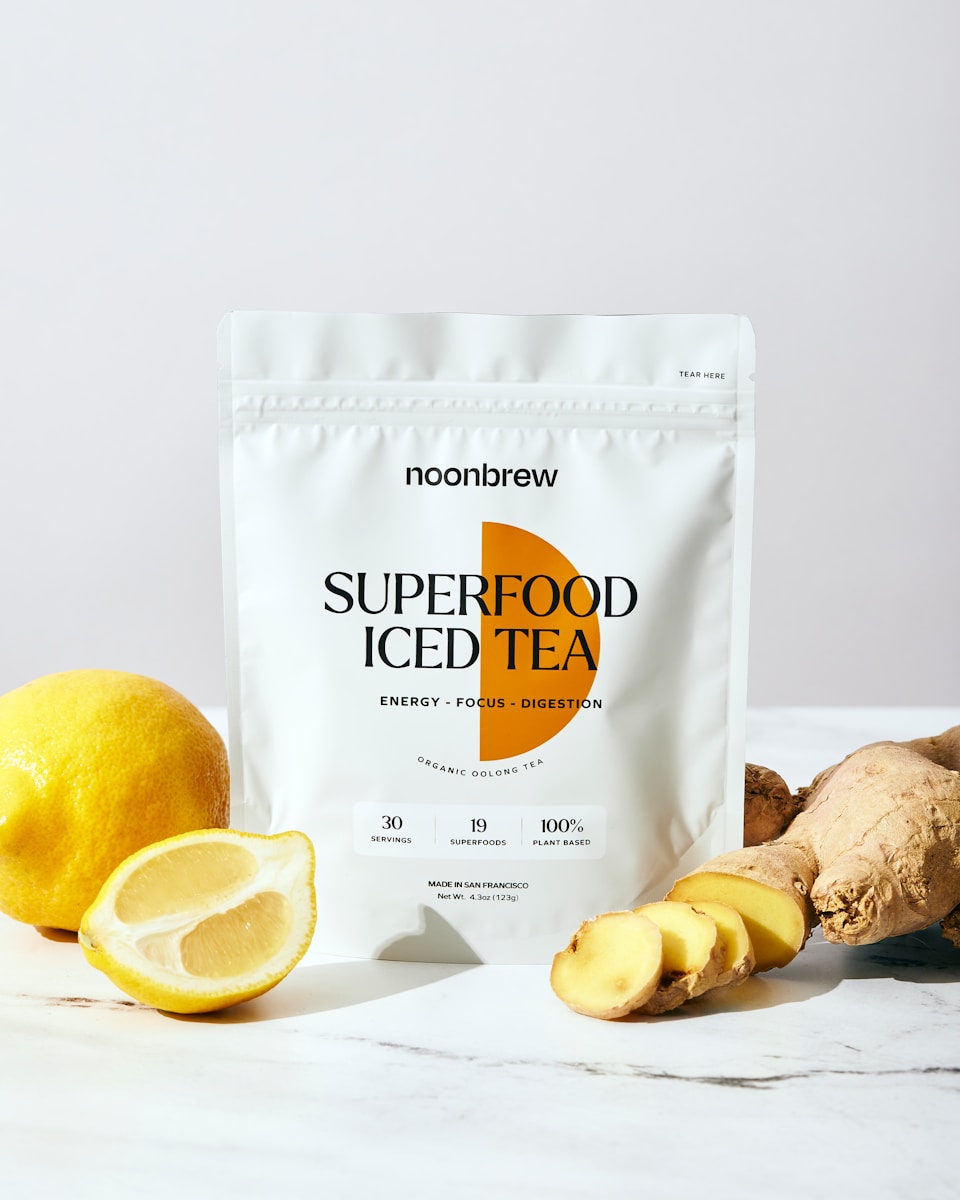Functions of Vitamin A: More Than Meets the Eye
Vitamin A is not a single nutrient but a group of fat-soluble retinoids. From animal sources we get preformed Vitamin A which includes: retinol, retinal, and retinyl esters. These are active forms of Vitamin A, meaning your body can use them immediately without conversion. From plant sources we get provitamin A carotenoids like beta-carotene (main one), alpha-carotene, and beta-cryptoxanthin. These are not active forms. Your body has to convert them into retinol in the small intestine. But don’t worry, you can achieve maximum vitamin A absorption on a plant-based diet, as you will see below. Furthermore, because Vitamin A is fat soluble, meaning it requires fat for absorption, it can be stored in the body’s fatty tissues and liver for later use, instead of being excreted in urine, like water-soluble vitamins e.g., Vitamin C.
Key Functions:
-
Vision Support: Retinal, a form of Vitamin A, is essential for low-light and color vision by forming part of rhodopsin, a protein in the retina [NIH, 2023].
-
Immune Function: It maintains epithelial tissues (like skin and mucous membranes), the body’s first line of defense against infections [World Health Organization, 2009].
-
Reproduction & Growth: Supports sperm production, fetal development, and healthy cell division [National Institutes of Health (NIH), 2023].
-
Skin Health: Retinoids support cell turnover, making Vitamin A a key nutrient in fighting acne, eczema, and aging skin [Harvard T.H. Chan School of Public Health, 2023].
-
Antioxidant Protection: Beta-carotene and other carotenoids neutralize free radicals, which may reduce the risk of chronic diseases like heart disease and cancer [Linus Pauling Institute, 2021].
Lesser-Known Benefits of Vitamin A
While vision and immunity are the headlines, Vitamin A’s unsung benefits include:
-
Supports Iron Metabolism: It enhances iron mobilization, helping reduce the risk of anemia, especially in women and children [World Health Organization, 2009].
-
Improves Gut Health: Vitamin A supports the gut lining, aiding in nutrient absorption and reducing inflammatory bowel issues [Mora et al., 2008].
-
Promotes Oral Health: Deficiency can contribute to gum disease and tooth decay, especially in growing children [American Journal of Clinical Nutrition, 2010].




